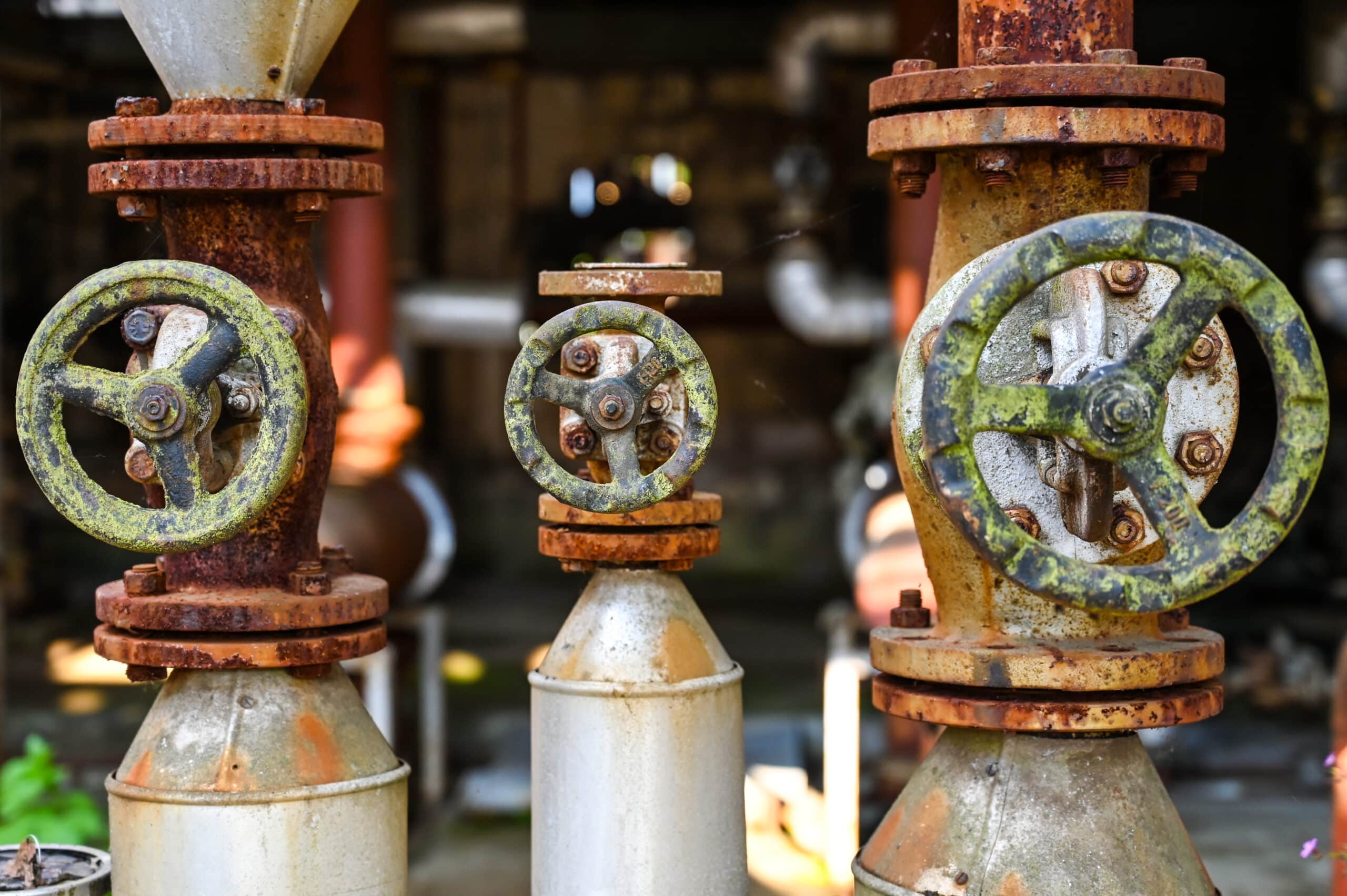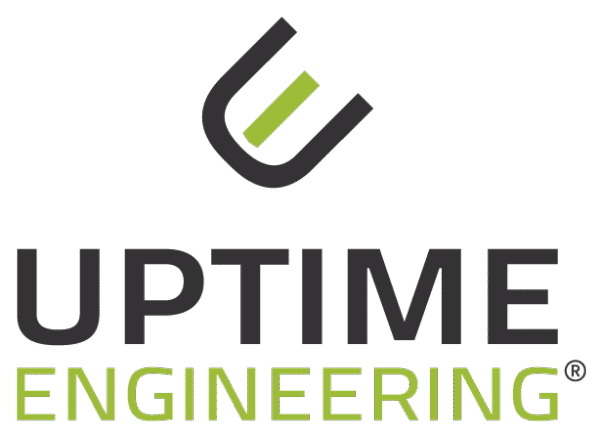
Predictions are difficult, especially when they concern the future. (Mark Twain)
Currently, calendar-based processes in maintenance are often interrupted and therefore disrupted by unplanned repairs. The proportion of unplanned events varies greatly. In some industries it is so high that planned maintenance activities often must be postponed. This leads to increasing maintenance intervals and thus to even more repair needs. As a result, the maintenance process becomes de facto unplannable, and the availability of the system/fleet drops sharply.
Predictive maintenance (PDM) is promoted as a solution to this challenge. The approach promises to predict the time of failure, which should generally be done using artificial intelligence (AI) processes. In reality however, PDM should be viewed critically for several reasons:
• AI methods for PDM require large amounts of data that cover all permissible operating modes to be able to robustly characterize the system state. This does not work for wind turbines, for example, because the weather cannot be influenced. In general, systems cannot simply be driven to all types of load limits for testing purposes.
• In the AI approach, the data sets must include not only healthy behavior but also deviations for all types of damaging conditions. This is also unrealistic, because functioning systems are monitored and do not fail frequently and certainly not through all possible failure mechanisms.
• Aside from the technical challenges, there is also the question of which business case PDM supports. It is not the optimization of the maintenance process, because for that you do not need a remaining service life forecast.
The suspicious system/defective vehicle is diagnosed and – depending on the result – repaired immediately or later during planned maintenance. This means that unplanned outages can be avoided very efficiently. This condition-based maintenance (CBM) represents a relatively simple, inexpensive and robust concept:
• Simplicity: To detect deviations, it is sufficient to know the expected load response of the system. It is determined as part of product development or acceptance of the system. For CBM, this information is used as a reference to detect deviations. Preference is given to using data that already exists, namely from the control system or from measurements that are used for calibration purposes, after maintenance, etc. be performed.
• Cost efficiency: Deviations are detected using target/actual comparisons. The technical understanding of the system is central to this task in order to search for indicators of damage in a focused manner. These methods do not require lengthy training. Experience has shown that additional sensor technology is only necessary to a limited extent. In control and safety monitoring, there is generally a lot of relevant information available for secondary use.
• Robustness: Indicators of deviations are performed with all relevant data channels against all aspects of the load response to cover the variety of failure possibilities.
In practice, the reduction of unplanned failures can be achieved very efficiently, quickly and costeffectively through deviation detection and condition-based maintenance. Indicators can often be derived from existing data sources with moderate effort. The results are intuitively understandable for technicians and are sufficient for many optimization steps in the maintenance process.



You are currently viewing a placeholder content from Facebook. To access the actual content, click the button below. Please note that doing so will share data with third-party providers.
More Information